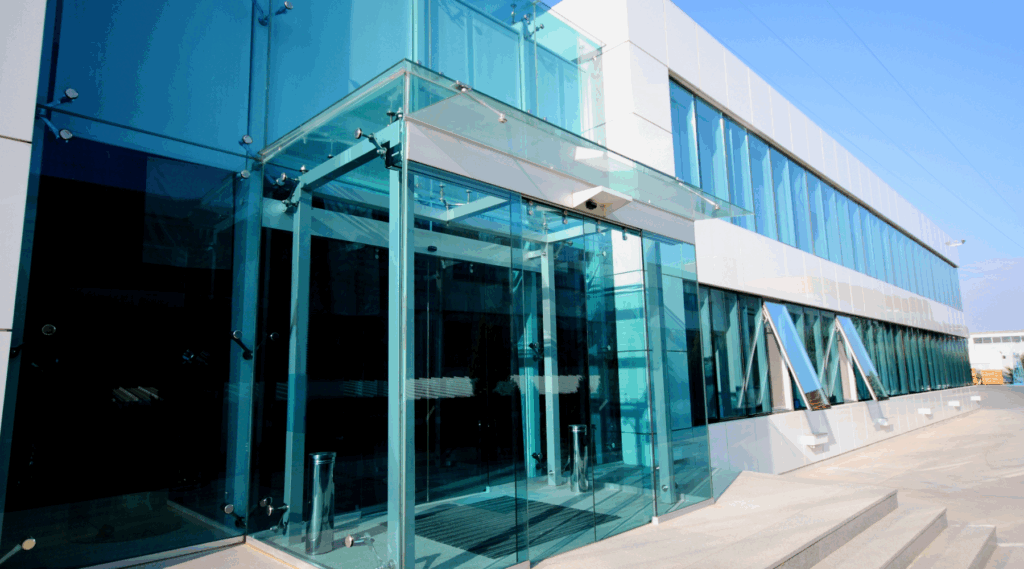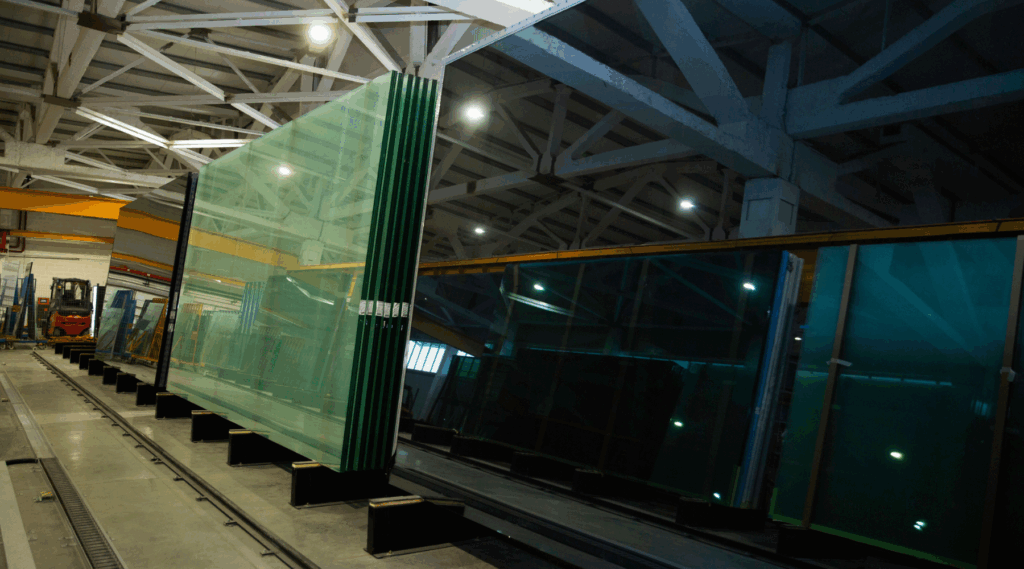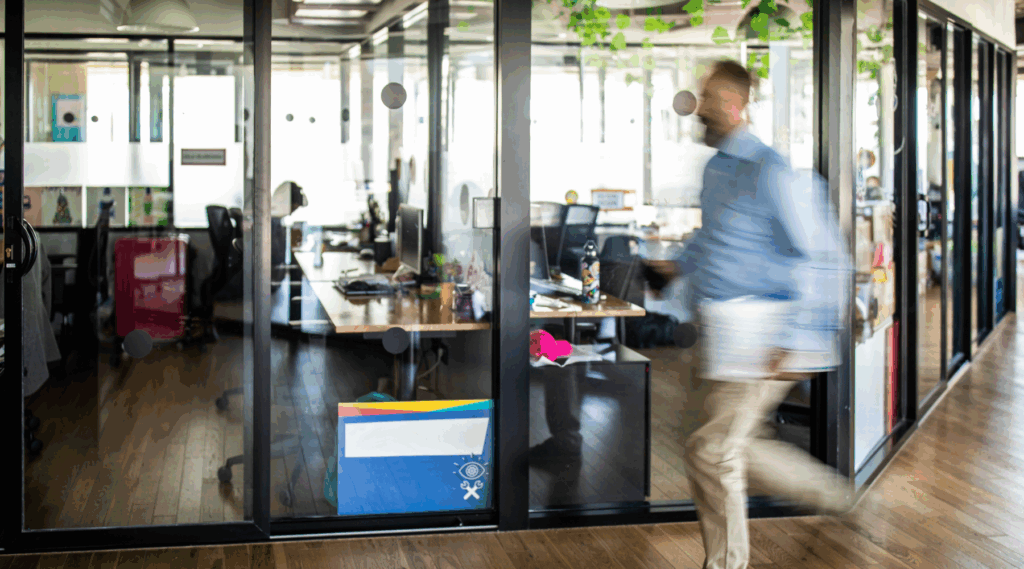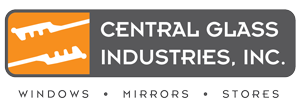Laminated Glass Explained: Safety, Soundproofing, and UV Protection Benefits

Walk into almost any modern office tower, hospital, or even a recently built home, and there’s a good chance you’re looking through laminated glass without realizing it. This type of safety glass has become one of the go-to choices in architecture, transportation, and security, yet many people don’t know how it works or why it’s used so widely. Understanding laminated glass benefits can help homeowners, business owners, and even builders make smarter decisions about safety, comfort, and long-term durability.
Ready to upgrade to laminated glass?
What Is Laminated Glass?
Laminated glass is made by bonding two or more layers of glass together with an interlayer, most commonly polyvinyl butyral (PVB) or ethylene-vinyl acetate (EVA). Think of it like a sandwich: two strong slices of glass with a clear, adhesive filling in between. This interlayer is what gives laminated glass its distinctive properties.
When standard glass breaks, it shatters into sharp, dangerous shards. Laminated glass, on the other hand, tends to crack in a “spider web” pattern but stays largely in place. This makes it a safer option for areas where both people and property need protection.
Interestingly, laminated glass was invented in 1903 by a French chemist after accidentally dropping a glass flask coated in plastic. The flask cracked but held together, inspiring the idea for a safer glass. That innovation, over a century old, is now everywhere from windshields to skyscrapers.
Everyday Benefits That Go Beyond Safety

Most people hear “laminated glass” and immediately think of car windshields. While that’s the most familiar example, the benefits of laminated glass extend into everyday environments, especially in residential and commercial spaces.
Here are some of the key advantages:
- Safety and Security: The interlayer holds broken pieces together, reducing the risk of injury. In high-security applications, multiple layers can be added, making it extremely difficult for intruders to break through.
- Noise Reduction: Acoustic laminated glass can reduce outside noise by up to 50%, according to studies on building acoustics. That’s why it’s often chosen for offices in busy downtown areas or homes near highways.
- UV Protection: Laminated glass can block up to 99% of harmful UV rays, which protects furniture, flooring, and artwork from fading over time.
- Storm and Impact Resistance: In areas prone to hurricanes or heavy storms, laminated glass helps prevent windborne debris from turning a window into a dangerous opening.
Imagine living near a busy airport. Standard windows might let in the roar of engines, making a peaceful night’s sleep impossible. Switching to laminated glass can be like closing the door on that constant background noise—suddenly, your home feels like an entirely different environment.
Laminated vs. Tempered Glass
A common question is how laminated glass compares to tempered glass, another popular safety glass type.
- Tempered glass is heat-treated to be stronger than standard glass. When it breaks, it shatters into small, blunt cubes rather than sharp shards. That’s why you see it in shower doors, side windows of cars, or tabletops.
- Laminated glass, on the other hand, doesn’t break apart in the same way. It holds together, offering an extra layer of protection against forced entry, accidents, or flying debris.
For projects like storefronts, banks, or schools, laminated glass is often preferred because it maintains a barrier even when damaged. Tempered glass has its strengths, but it doesn’t offer the same long-term hold.
Residential and Commercial Uses

At Central Glass Industries, we see laminated glass being used in a wide variety of applications across the Bay Area. Homeowners are increasingly turning to laminated windows for both safety and comfort, while businesses rely on them for liability protection and energy efficiency.
Some examples include:
- Residential: Windows, skylights, sliding doors, and glass railings where both safety and soundproofing are a priority.
- Office Buildings: Conference rooms, lobby areas, and exterior glazing where noise reduction, security, and UV protection create a more productive environment.
- Retail and Public Buildings: Storefronts, banks, schools, and hospitals where laminated glass reduces risks from vandalism, accidents, or natural disasters.
Think of a hospital waiting room lined with large windows. Laminated glass not only protects patients and staff during severe weather but also reduces glare and filters UV rays, creating a more comfortable and safer environment.
How Laminated Glass Works in Real Life
One of the most compelling aspects of laminated glass is how it performs under pressure. During impact tests, such as those required for earthquake-prone areas, laminated panels are hit with heavy projectiles. Instead of shattering, the glass cracks but remains bonded to the interlayer, still acting as a barrier.
Glass has always been a symbol of openness and modern design, but it has also been one of the most fragile materials we use. Laminated glass changes that equation. It brings together transparency and strength in a way that has reshaped architecture, interior design, and even personal safety.
For homeowners, laminated glass offers peace of mind, knowing that a stray baseball or attempted break-in won’t immediately turn a window into a hazard. For businesses, it’s an investment in security, energy savings, and a quieter, more professional environment.
Bringing Safety and Comfort Together
Due to its many benefits, laminated glass has become a standard in modern construction for good reason. It offers protection during accidents or storms, keeps interiors quieter, and even shields against the kind of UV exposure that slowly wears down furniture and finishes. Those qualities don’t just add safety—they improve the everyday experience of living and working in a space.
At Central Glass Industries, we work with both residential and commercial clients to integrate laminated glass into projects of all sizes. If you’re exploring new glazing solutions, reach out to our team. We’ll walk you through your options and make sure your windows and glass systems deliver the performance your project deserves.
Serving Newark, Palo Alto, Fremont, Union City, Milpitas, Hayward, and surrounding cities for over 40 years, we’re your trusted partner for everything from windows and doors to custom railings, mirrors, and shower enclosures. No project is too big or too small—whether you’re upgrading your windows for energy efficiency or enhancing your interiors with custom glass, our in-house team of experts will bring your vision to life.
We are licensed, bonded, & insured | California Contractor’s License #908623
FAQs
Is laminated glass better than tempered glass?
It depends on the application; laminated glass offers better safety, security, and sound control, while tempered glass is stronger against direct impact and heat.
Does laminated glass block UV rays?
Yes, laminated glass blocks up to 99% of harmful UV rays, helping protect interiors, furniture, and artwork from fading.
Is laminated glass soundproof?
Not completely, but it significantly reduces outside noise thanks to its sound-dampening interlayer.
